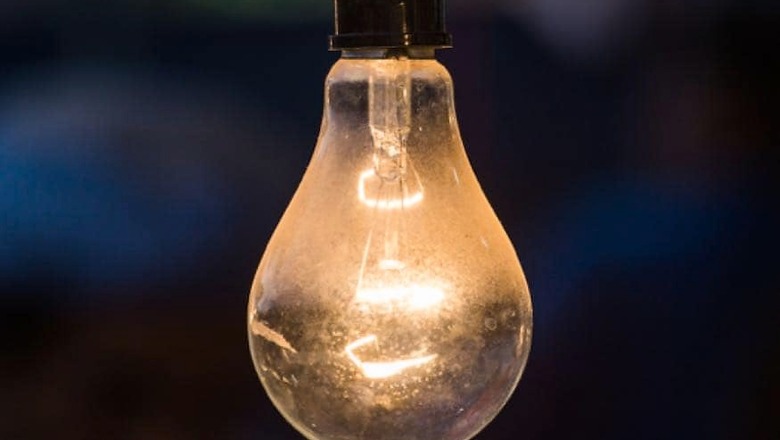
views
If you aren’t already terrified of life and everything that is happening around you, here is some more food for fear. Your simple, unassuming lighting fixtures at home can be used to spy on you. Add this to the smart TV, the smartphone, possibly your laptop or tablet, your smart fridge, your smart microwave and whatnot. The thing is, your lightbulbs don’t even have to be smart for the spying to work. Researchers at Israel’s Ben-Gurion University and the Weizmann Institute of Science have developed a rather ingenious way of listening in on conversations in a room at a distance, by simply staring at the lightbulb.
The research called Lamphone: Real-Time Passive Sound Recovery from Light Bulb Vibrations, can listen in on conversations in a room from up to 25 meters away, by understanding how a light bulb’s frequency responds to the sound in that room. “We show how fluctuations in the air pressure on the surface of the hanging bulb (in response to sound), which cause the bulb to vibrate very slightly (a millidegree vibration), can be exploited by eavesdroppers to recover speech and singing, passively, externally, and in real time. We analyze a hanging bulb's response to sound via an electro-optical sensor and learn how to isolate the audio signal from the optical signal,” say the researchers.
They have developed an algorithm that recovers sound from the optical measurements collected from the lightbulb’s frequency and vibrations. For this, the researchers tested the Lamphone attack on a subject in an office building, with curtain walls and a 12-watt E27 hanging LED bulb. Not a smart bulb, mind you. “We placed three telescopes with different lens diameters (10, 20, 35 cm) on the bridge. The SNR that was obtained from the optical measurements obtained from each telescope and the acoustical measurements obtained from the microphone is presented in the next graph. Based on the results obtained we created an equalizer,” say the researchers.
The team includes Ben Nassi, Yaron Pirutin, Yuval Elovici and Boris Zadov of the Ben-Gurion University of the Negev and Adi Shamir of the Weizmann Institute of Science.
In fact, this method is so accurate that the sound recovered was played back to audio discovery apps such as Shazam which use complex sound detection coupled with artificial intelligence to detect music tracks—and they were able to correctly identify songs as well.
So, have you turned off your lights just yet?




















Comments
0 comment